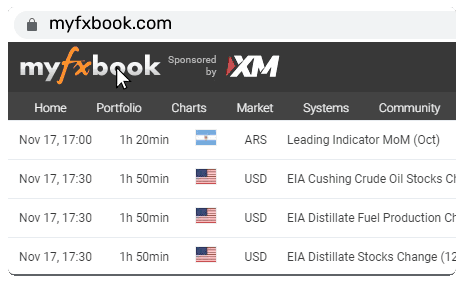Not Just Another G7 Show: EBC Unpacks Japan’s Real Role in Global Trade Talks

With the G7 summit fast approaching in Canada, Japan is doing more than just showing up. This time, Tokyo is arriving with a sharpened agenda and a renewed sense of purpose. EBC is committing our efforts to understanding how Japan’s strategy might shape not only its trade ties with the United States, but also the global economic narrative.
Japan’s position ahead of the summit signals a pivot from crisis response to proactive planning. Just months ago, Prime Minister Shigeru Ishiba had described the US tariff on Japanese automobile exports as a “national crisis.” Today, the tone has shifted markedly. The focus is now on opportunity, not obstacles.
A New Vision for US–Japan Relations
Back from his recent meetings in Washington, chief trade negotiator Ryosei Akazawa briefed Japanese leadership with what appears to be a roadmap towards cooperation. Tokyo is proposing deeper engagement with Washington, not just in terms of trade, but also across broader sectors including shipbuilding, Arctic maritime routes, and naval repair. This reflects a wider effort to bind the two economies in long-term, strategic ways.
The direction is clear: Japan is trying to move from defensive to defining. That strategy carries weight, especially given the current landscape of heightened protectionism and geopolitical tension.
EBC’s View: A Moment of Recalibration
David Barrett, CEO of EBC Financial Group (UK) Ltd, remarked, “Japan's inflationary backdrop and trade tensions with the US reflect the broader recalibration underway in global economic policy. As Tokyo seeks strategic alignment at the G7, investors should stay focused on long-term fundamentals in an increasingly multipolar economic environment.”
With global supply chains under strain and inflation affecting economies across the board, this G7 summit comes at a moment when cohesion, not conflict, could make the difference.
Inflation Pressures Shape Domestic Policy
That recalibration is also evident at home. The Ministry of Internal Affairs and Communications recently reported a 3.5% rise in core consumer prices for April, marking the sharpest year-on-year increase in over two years. The surge in food prices was particularly striking, with a 7.0% jump overall and rice prices rising nearly 99% from a year earlier, the highest increase in five decades.
The Bank of Japan has found itself navigating these conditions carefully. After raising short-term interest rates to 0.5% in January, it held steady in May, weighing inflation management against the risk of dampening economic recovery.
Yen Moves Reflect Global Market Sentiment
Meanwhile, market watchers are already responding. The yen has strengthened on the back of the inflation data, with the USD/JPY rate slipping below 144.00 and testing the 143.00 level. The movement suggests investors are taking Japan’s policy signals seriously.
G7 Is Japan’s Platform to Lead
For Japan, the upcoming G7 summit represents more than a diplomatic routine. It’s a chance to redefine its position in the global economy. Whether this approach will yield tangible agreements or remain a symbolic gesture remains to be seen, but one thing is clear: Japan is aiming to lead, not follow.





















